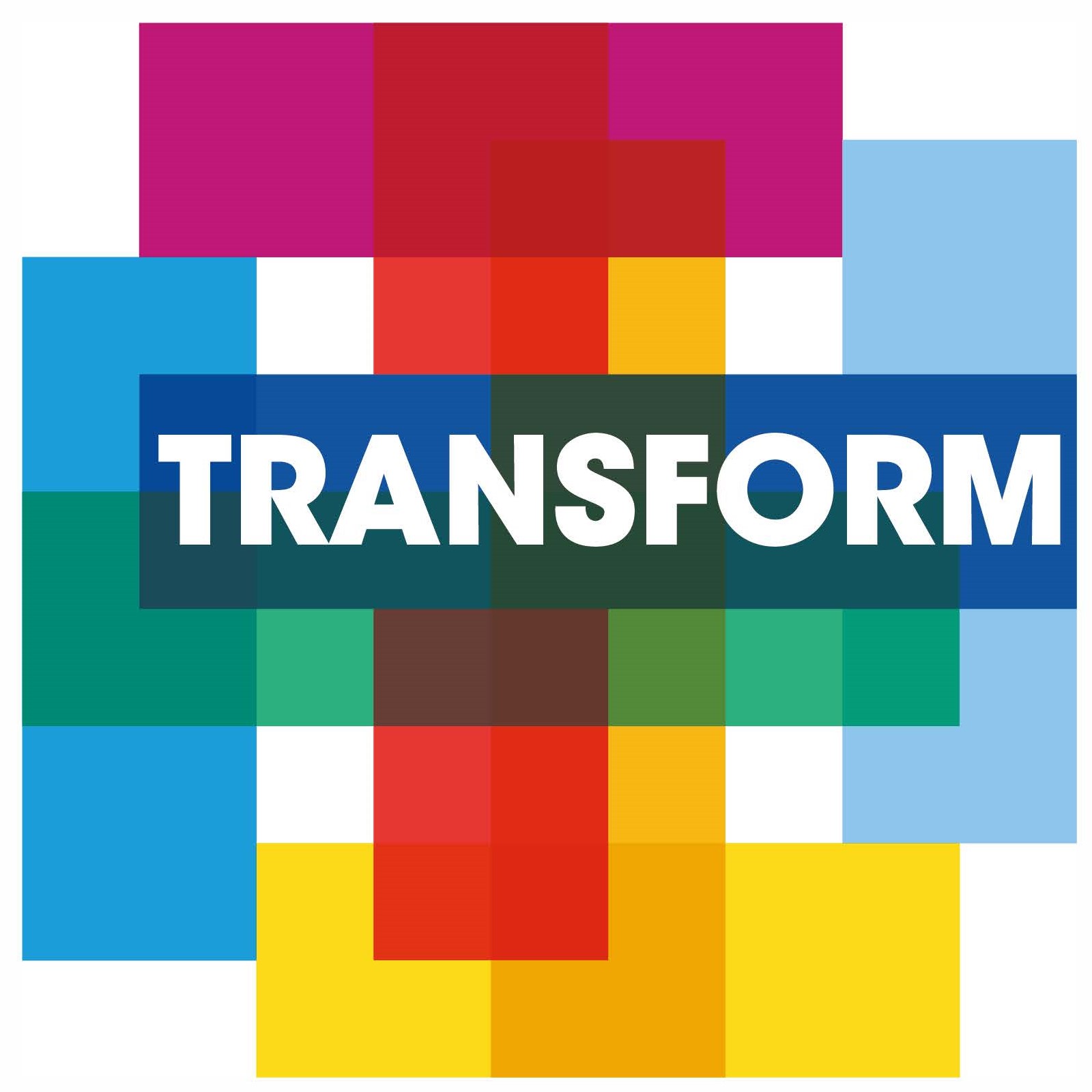Future of Work Study: An Overview of Key Insights
Published on: 19/02/2024
Introduction
The importance of the informal economy in Kenya cannot be overstated; it accounts for 24% of Kenya’s GDP and also employs five times more workers than the formal economy.
TRANSFORM has been working to understand the current realities and future possibilities for the millions of entrepreneurial Kenyans who hustle to sustain livelihoods across the informal economy (read more about the context of the work here).
Brink, Procol Africa, Busara, Laterite, Ideas Unplugged, and TRANSFORM have collaborated throughout to deliver this work, alongside hundreds of ecosystem actors and informal economy entrepreneurs.
With our full report set to launch in a couple of weeks, we share just a small handful of the things we’ve learnt along the way in this blog post. Join us at our official launch event to receive the full report.
Quantifying the Kenyan Informal Economy:
To understand key features of the Kenyan informal economy we conducted a literature review, focussing on women and youth. We discovered that:
- Over half (58.5%) of informal enterprises in Kenya are owned by women: The flexibility offered by the informal economy enables women to balance paid work with household activities and helps elevate women’s social standing.
- The informal economy is disproportionately composed of youths: 44% of workers in the informal economy are aged 15 to 34, partly because the formal economy is not creating jobs fast enough to absorb Kenya’s growing youth population.
Hearing from the ‘hustlers’:
We had conversations with over 400 informal economy business owners to understand more about their experiences. We heard that:
- An educated informal economy: Traditional perceptions often highlight limited education as a key driver of informal working, but many people we spoke to had secondary education or higher.
- Rebranding the “Hustler”: Though informal working is often thought of as driven by necessity, we also heard a more positive emphasis on newly acquired skills, self-reliance, and economic contributions, often communicated by a positive rebranding of the “hustler” identity.
- A mixed bag of motivations and trade-offs: While many appreciate the flexibility and autonomy of informal economy working, significant challenges persist, such as a fluctuating customer base and inconsistent income.
From business models to livelihood strategies:
Kenya’s informal economy thrives, yet the diverse livelihood strategies of its “invisible” contributors remain largely unexplored. We’ve learnt much about different livelihood-sustaining strategies, including:
- Beyond a monolithic view: Each livelihood strategy has its own story, obstacles, and opportunities. While “Mama Mboga” struggle with accessing capital to meet operational expenses, flower sellers, street performers and dancers grapple with seasonal fluctuations in market demand.
- Invisible potential, uneven access: While many livelihood strategies promise income potential, they confront shared challenges, including gender disparities; women earn lower incomes and face additional obstacles like harassment, community disrespect, and the struggle to balance family responsibilities with work commitments.
- Empowerment, Not Replacement: the informal economy plays a vital role in providing livelihoods for many individuals. Rather than seeking to replace these existing structures, the focus should be on empowering those within them.
Understanding what “prosperity” means:
For millions of Kenyans, the informal economy isn’t just a job; it’s a way of life. We’ve surfaced a nuanced understanding of the concept of prosperity and what it means for informal economy entrepreneurs. We have learnt that:
- People define prosperity in multifaceted ways, including financial security, social connections, personal growth, and access to decent working environments. Income is crucial, but well-being and belonging are equally valued.
- Low and insecure incomes leave many struggling to meet basic needs including limited access to health care threatening both physical and mental well-being.
- Belief in the future of informal trade and its potential for prosperity fuels the aspirations of many, who have a growing interest in acquiring new skills, particularly financial and business-related skills.
Thinking about the future:
We asked respondents to reflect on the future to get a sense of levels of optimism or pessimism about the informal economy in Kenya. We discovered that:
- Concerns about the economy: The current economic situation in Kenya is seen as very unfavourable, with many thoughts about the future including contingency statements such as “it depends on the current situation”.
- More skills, fewer jobs: Though young people being increasingly skilled is a positive thing, a lack of opportunities for them to use them will be a challenge. Some predict that this could lead to wider challenges such as social unrest.
- Young people are hopeful: One clear result is that youth, both women and men, are more optimistic about the future than adults.
To discover more about what we’ve learnt together, then please join us at our launch event later this month:
⏰ February 27th at 3PM EAT
📍 Join in person, in Nairobi: https://lnkd.in/e_Pcyerr
💻 Join online: https://lnkd.in/eUw-DPNM
-
 Report
Report
